Katherine Marshall selects some decorative prints with an autumnal theme from the Royal Society Print Shop.
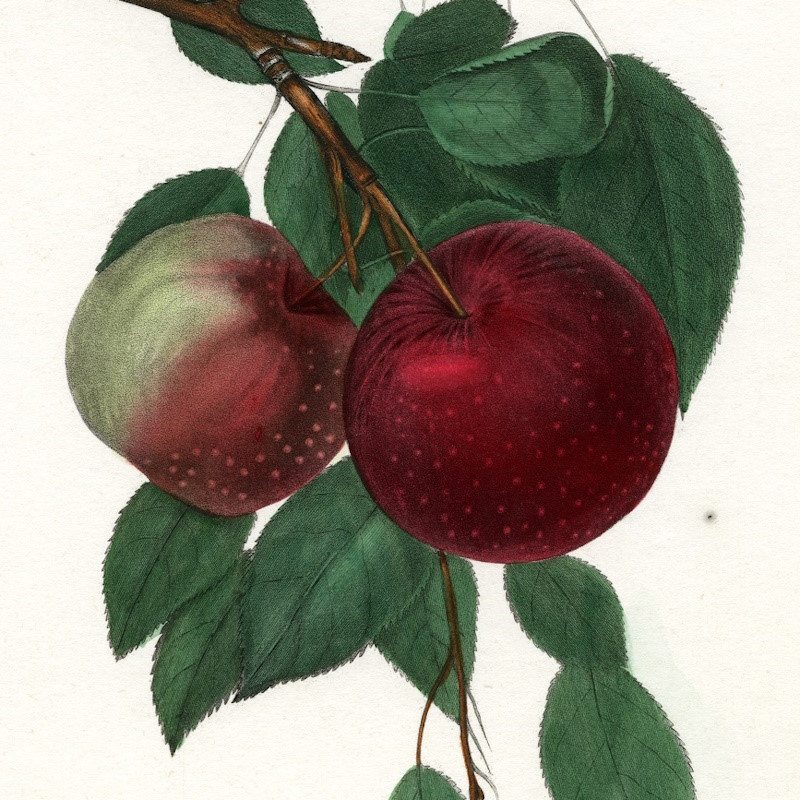
Whether you’re looking to decorate your walls this autumn or have already begun to seek out the perfect Christmas gift (yes, I know it’s still early), the Royal Society Print Shop offers high quality pictures taken from one of the world’s most important collections in the history of science.
Botanicals are perennially among the most popular choices for decorative prints, so I’ve selected a handful with an autumnal theme to reflect the recent turn in the weather. I think you’ll agree that these would look great in the diffused light filtering in through your rain-soaked windows.
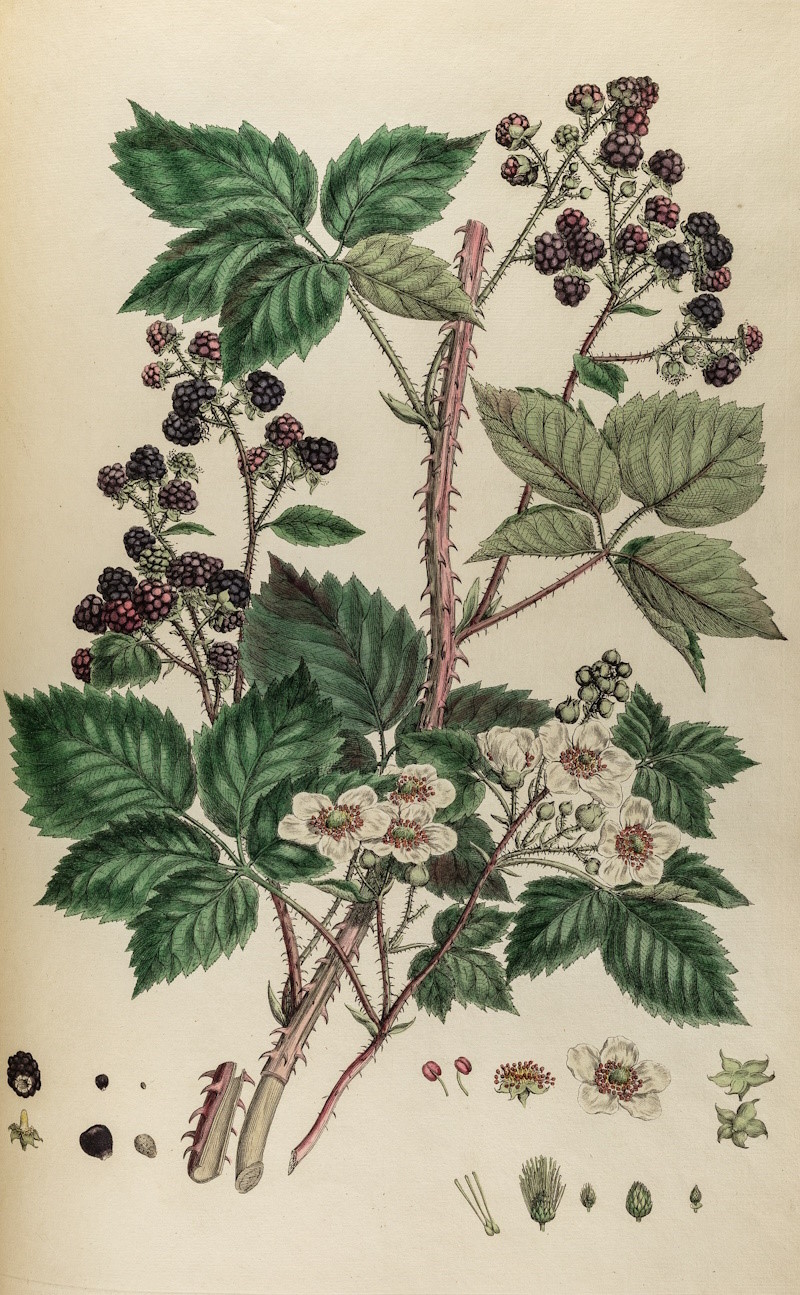 Bramble by Johann Sebastian Müller, 1777 (RS.21713)
Bramble by Johann Sebastian Müller, 1777 (RS.21713)
Although blackberry picking seemed to come early this year, this beautiful illustration by John Miller (1715-c.1792) brings to mind comforting autumnal fruit puddings. The hand-coloured engraving is taken from Illustratio systematis sexualis Linnaei (London, 1777), a richly-illustrated volume which popularised the work of Linnaeus.
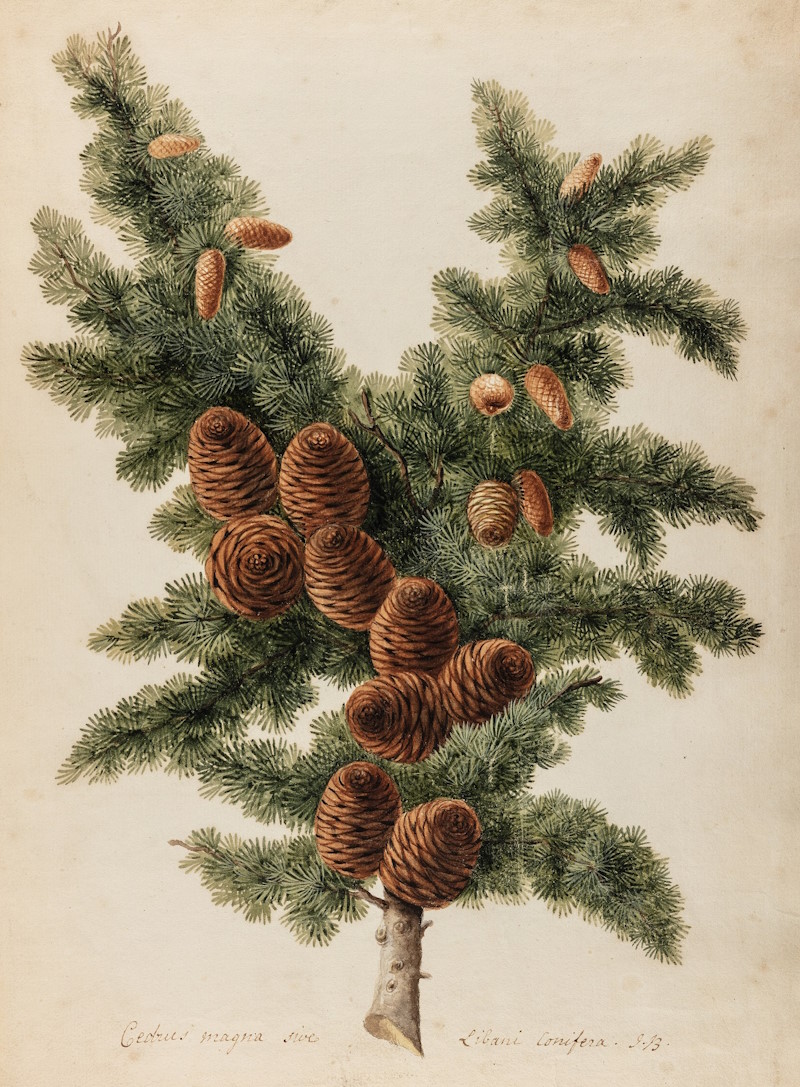 Cedar of Lebanon specimen by Jacob van Huysum, c.1740 (RS.17999)
Cedar of Lebanon specimen by Jacob van Huysum, c.1740 (RS.17999)
These pine cones are on the branch of a Cedar of Lebanon tree, grown in the Chelsea Physic Garden in London. The watercolour is by the botanical painter Jacob van Huysum (1682-1745). The cultivated plants at Chelsea were painted annually and the paintings sent to the Royal Society as evidence of the ongoing scientific work there.
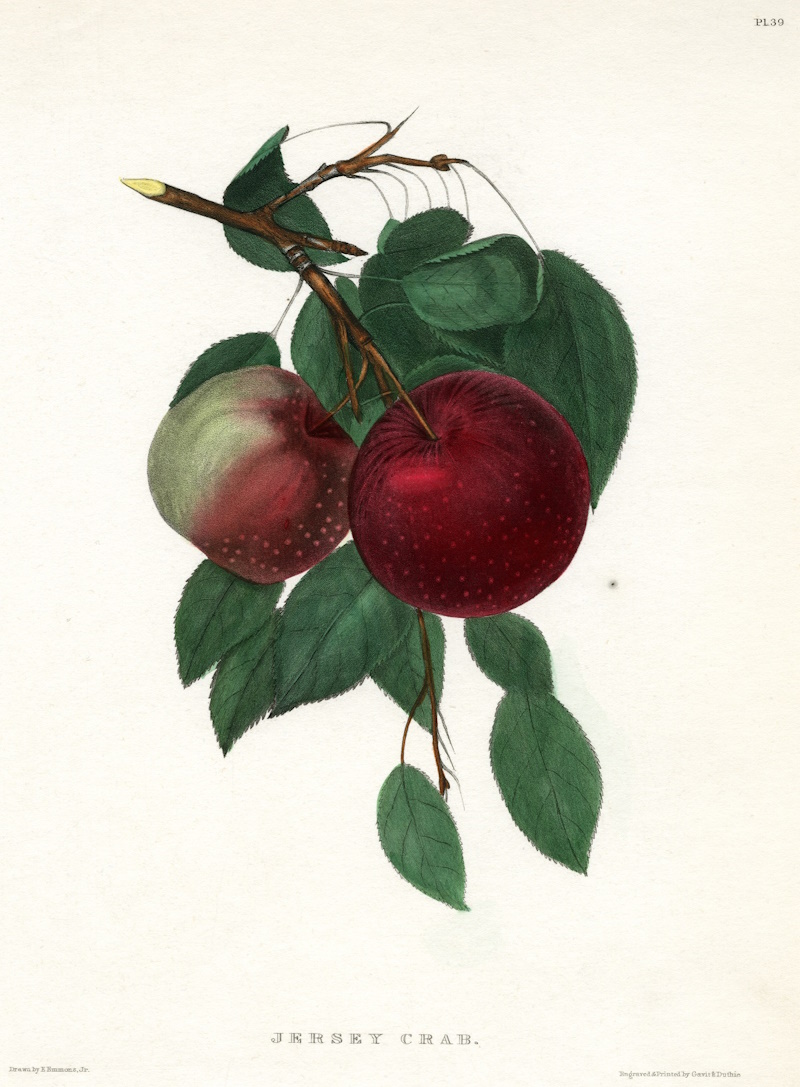 ‘Jersey crab’ after Ebenezer Emmons Jr, 1842 (RS.18036)
‘Jersey crab’ after Ebenezer Emmons Jr, 1842 (RS.18036)
If you’re looking for an apple to put in a crumble, this vibrant print of a jersey crab is the perfect accompaniment. It’s a lithograph taken from the Agriculture of New York (1842) by American geologist Ebenezer Emmons (1799-1863), and done from an illustration by Emmons’s son, who assisted in the publication after his father’s appointment to the Geological Survey of the State of New York.
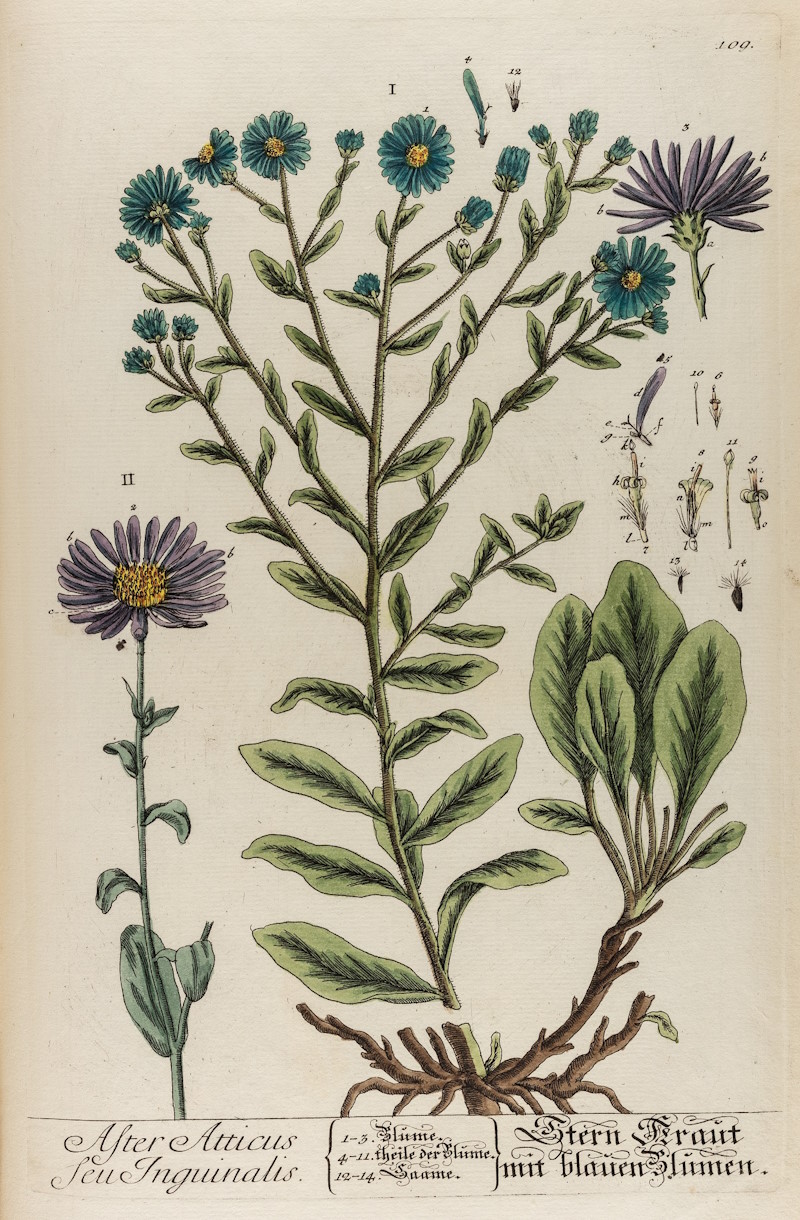 ‘Aster atticus’ by Elizabeth Blackwell, 1750 (RS.17683)
‘Aster atticus’ by Elizabeth Blackwell, 1750 (RS.17683)
The Michaelmas daisy from Herbarium Blackwellianum (1750) is a stylised depiction of the autumn flowering aster. Each illustration in this guide to medicinal plants was drawn, engraved and hand-coloured by Elizabeth Blackwell (1701-1758). They’re always a popular choice in our Print Shop, possibly owing to the scarcity of works by women during this period.
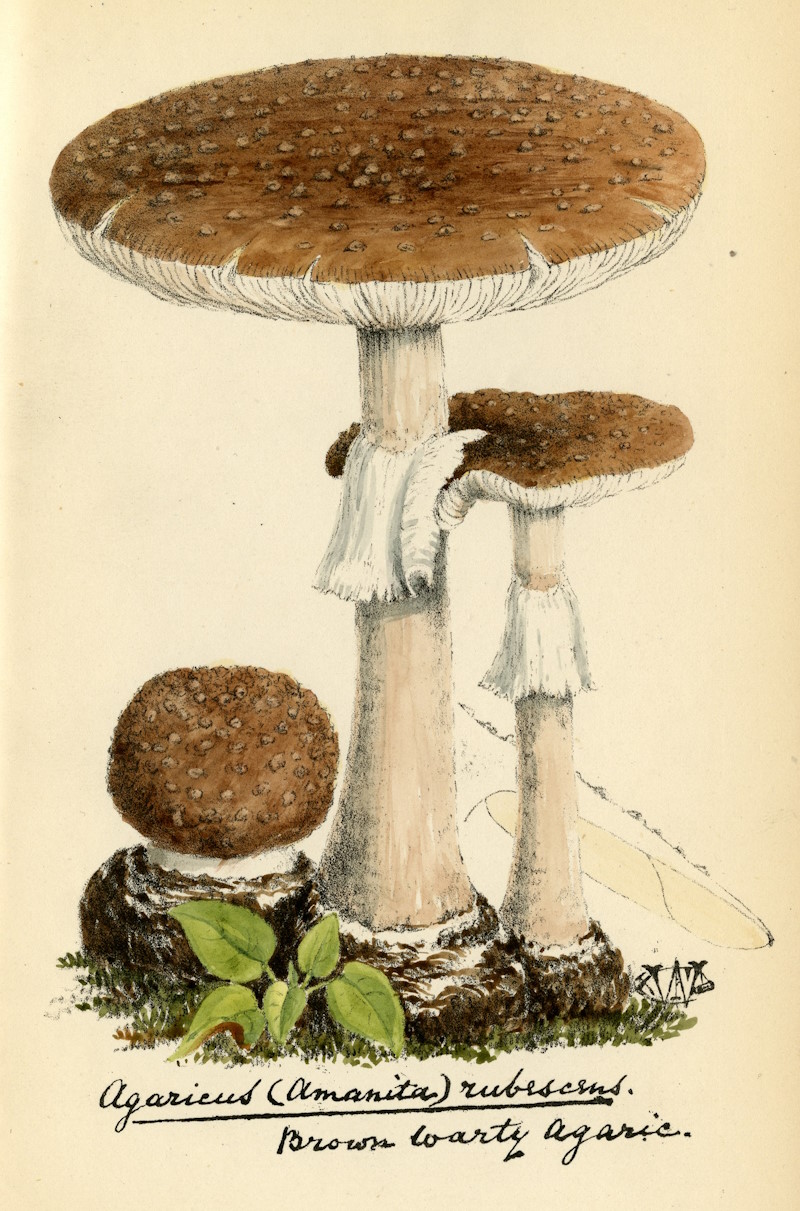 Blusher mushroom, unknown artist, 1868 (RS.11791)
Blusher mushroom, unknown artist, 1868 (RS.11791)
A cluster of blusher mushrooms conjures the urge for a muddy woodland walk. This lithographic print is from a paper illustrating the edible fungi of Herefordshire, published in the Transactions of Woolhope Naturalists’ Field Club, who are still known for their ‘Fungus Forays’.
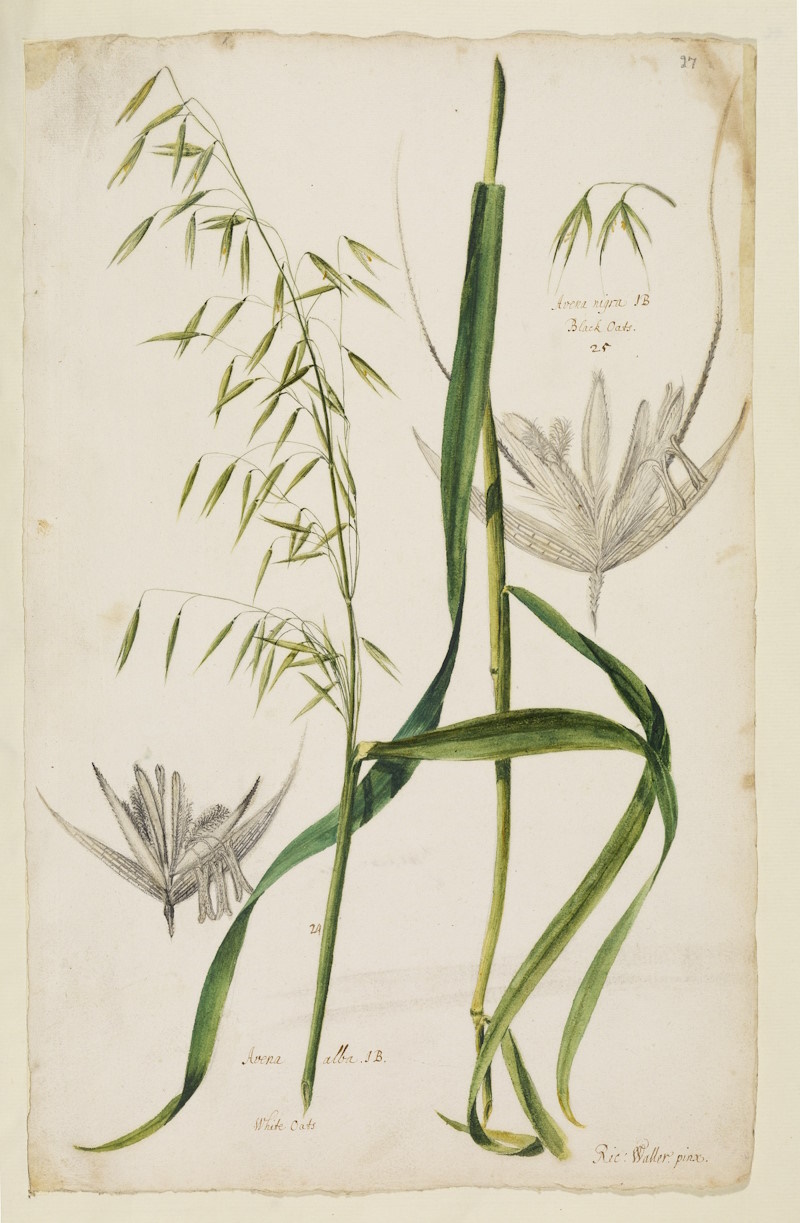 White and black oats by Richard Waller, 1689 (RS.8383)
White and black oats by Richard Waller, 1689 (RS.8383)
This delicate rendering of black and white oats is by naturalist Richard Waller (c.1646-1715). Waller was a skilled illustrator, evident in this botanical study which is taken from a collection of original watercolours of British grasses. These oats are the perfect way to top off that crumble, all that’s missing is the custard.
I hope this has given you some food for thought. If you’re hoping to order a print as a festive gift, please check our Christmas delivery deadlines – currently showing 2023 dates to give you a general idea; an update with exact 2024 information will follow!





